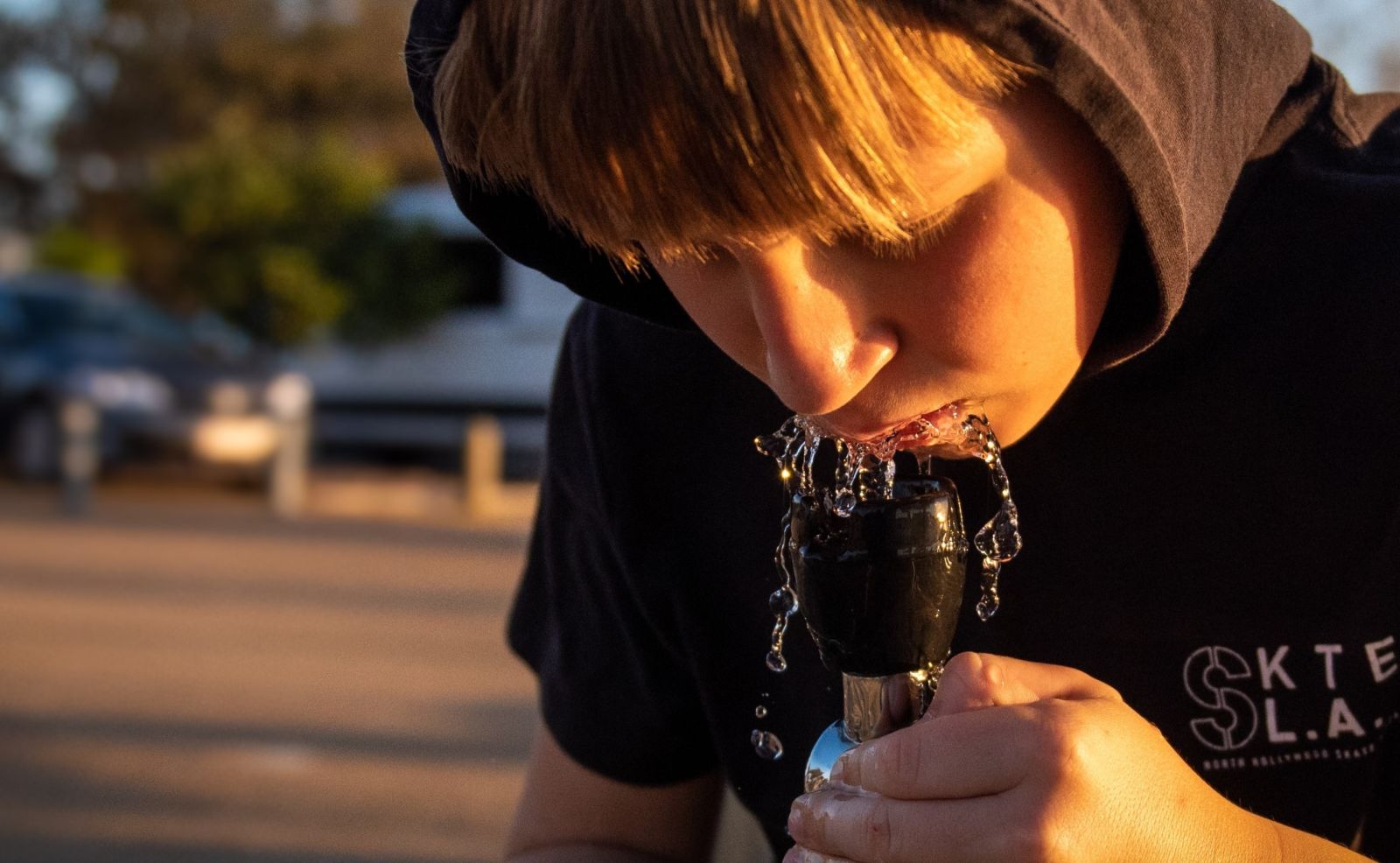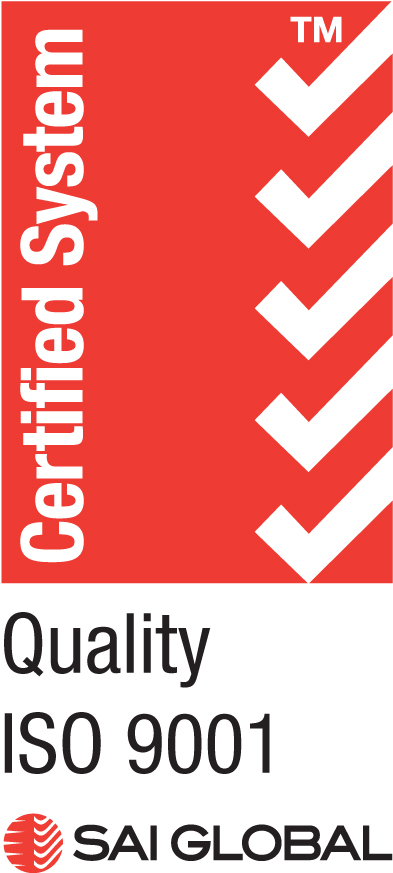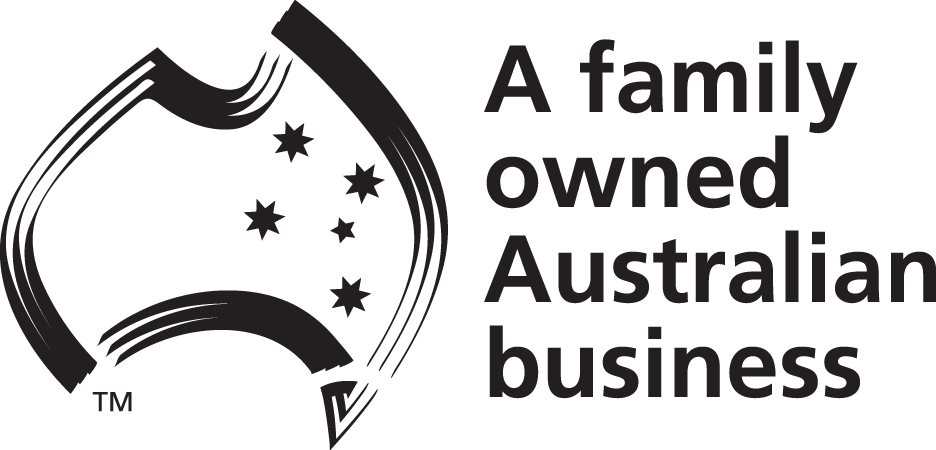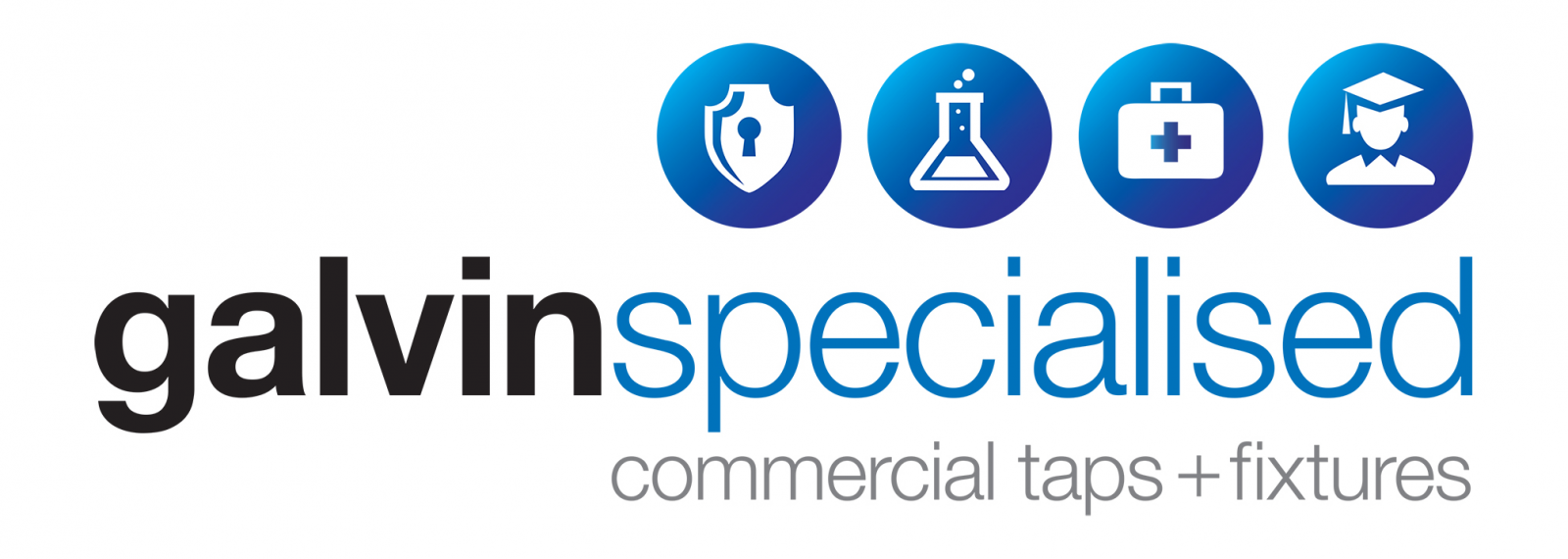How it all began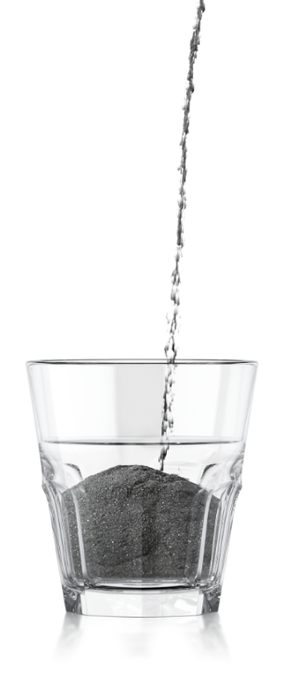

Lead is a naturally occurring toxic metal that has been used in the manufacture of paints, petroleum, and many consumer products. Over the years, industries around the world have reduced lead content in products, as knowledge about the adverse health effects of lead exposure is understood. In Australia, steps have been taken since 1965 to reduce lead levels in products. A full ban on ‘leaded’ petrol was introduced in 2002, and paint manufacturers began phasing out lead paint in 2010.
The plumbing industry has a long history of using lead in products, from pipework to fittings and the solders which join these together. In Europe, the UK, and the United States, governments and health departments have over time recognised the potential health impacts of lead ingestion associated with contaminated drinking water. In 1986 the USA, made amendments to the Safe Water Drinking Act which called for components that were in contact with drinking water—such as solders and brass—to be reformulated down to 8% Lead content. Guidelines were further amended in 2011 to reduce lead content to “not more than a weighted average of 0.25% lead when used with respect to wetted surface of pipe, fittings, ….’ by early 2014, where it sits today.
Elevated lead levels in Children’s Hospital triggered major reform
In Australia, we experienced several high-profile events over the last few years, such as the incident at the Perth Children’s Hospital, where elevated levels of lead in drinking water were detected. This raised the profile of lead in drinking water amongst government, industry, and consumers, and drove the ABCB into commissioning a research paper to guide future standards development. This resulted in the drafting of the 2022 edition of the National Construction Code Volume Three. This introduces new requirements for any product that contains copper alloy and are intended for use in contact with drinking water, to have a weighted average lead content of not more than 0.25%. This major reform aligns with several international standards and is designed to provide long-term health benefits for all Australians, as plumbing products are upgraded, or newly installed.
Lead Safe™ products available in market since 2018
Being totally focused on providing Water Solutions for a Healthier Environment, we made the decision to change to lead safe materials in 2018, an easy one for the team at Galvin Engineering. Driven by a desire to supply safe, green, and smart water solutions for high-risk, and high-care environments, the company used 90 years of design and manufacturing expertise to navigate the complexity of material options and become the first manufacturer in Australia to receive NSF/ANSI 372 certification for their GalvinClear® LeadSafe™ products.
The team needed to identify materials that were compliant with Australian Standards, were lead safe, and would work well in the manufacturing processes. With the support of supply partners, new materials were developed, independently assessed, and selected for manufacture. Galvin Engineering considered long-term material performance, the effect on machining, material availability, and environmental credentials, such as recyclability, sustainability and whole of life impacts, and most importantly, the safety of the materials used, as part of their change to low lead products.
Other important considerations were commercial aspects, and the impacts on the customer and partners. Consideration needed to be given to the transition program costs, and how the business, that employs 92 Australians, would make the move from using current materials to using lead safe materials, without interruption to project supply. Transitioning products is a complex piece of work, as a simple drinking tap may have up to 20 sub-components that require re-engineering. When manufacturers use components across multiples of their products, it can be difficult to ensure that they always have the right components on hand. If a manufacturer does not plan well or have the right team in place, they can end up with either overstocks or stock-outs, that will impact project delivery timeframes and frustrate users who want to install a safer product. Plumbing industry groups such as the PPI Group, have placed a large focus on understanding the impacts of these changes, so the level of complexity today is far less than it was four years ago, allowing industry to transition in a timely manner.
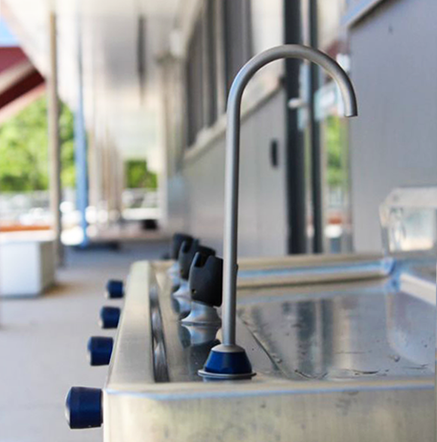
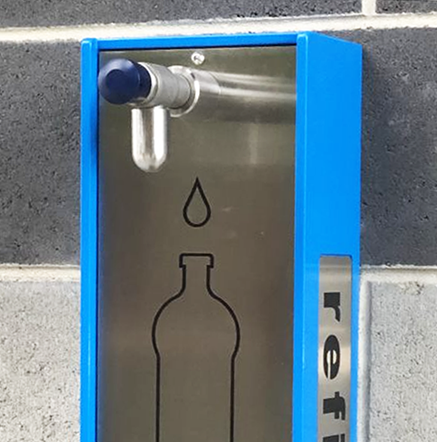
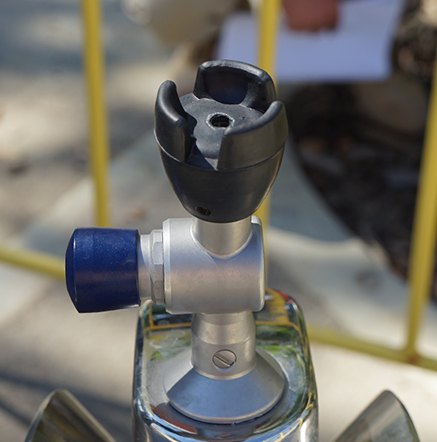
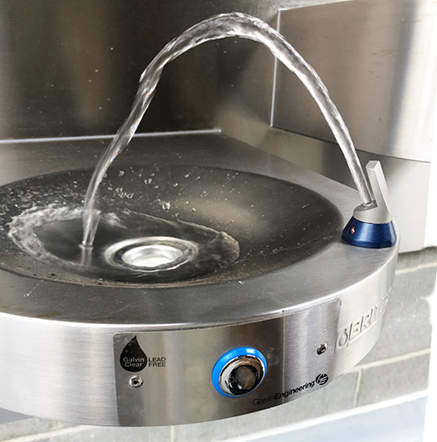
Which material is best for my application?
Although Copper Alloys and Stainless Steels have different mechanical and physical properties, several grades of each are suitable for the manufacture of NCC 2022 compliant plumbing products. Which material is best for my application?
Galvin Engineering has developed a range of solutions using copper-based alloys, such as their GalvinClear® Lead Safe™ DZR brass. The high copper content in the alloy is known to present strong antibacterial properties. For applications using hot / warm water systems, such as those found in large health or custodial facilities, this low lead DZR brass has proven to be an ideal choice.
Choosing the right lead safe brass type was not an easy task, and one that required Galvin Engineering turning to global raw material manufacturers that had developed specific lead safe grades of brass suitable for specific processes like turning, forging, sand casting and low pressure die casting. Reaching the high GalvinClear® Lead Safe™material qualification, was achieved by eliminating or minimising lead in the material and substituting it with different elements like bismuth or selenium to help with the manufacturing process.
Certain product lines can also be manufactured in Stainless Steel 316L for customers who prefer this material. Not only does the SS316L contain no lead, but the material performance is also exceptional in corrosive, harsh or salty conditions, such as near beaches and waterways, without the use of additional coatings or protective layers. They are also used in high-use and high-risk outdoor public use areas. A typical example would be a drinking bubbler from our Ezy-Drink® range, which is used outdoors in all kinds of weather.
But wait, there is more to it
While material choice and performance are a key consideration, how water moves throughout a plumbing system and fixtures is also important. Galvin Engineering has used some clever engineering in their range of drinking products, such as devices that automatically flush the water lines on a regular basis. This further reduces the opportunity for water to stagnate, and therefore reduces the risk of water born infection from bacteria or lead leaching into the water from plumbing fittings.
As the National Construction Code (NCC) low lead or lead safe requirements expand across industry, manufacturers and suppliers will be making major changes to their products and supply chains. Some suppliers will complete the transition to new materials in time for the 2026 deadline, but others may not. The NCC will affect how consumers use products in the future, so it is important for everyone—consumers, manufacturers, and sellers—to keep up with these changes as they happen.
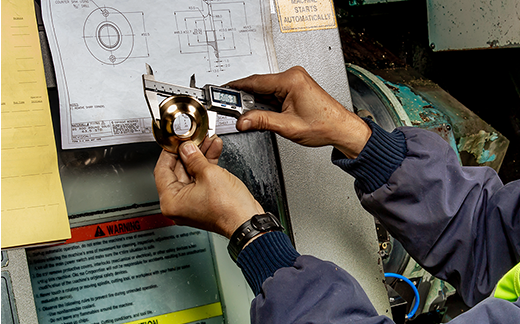
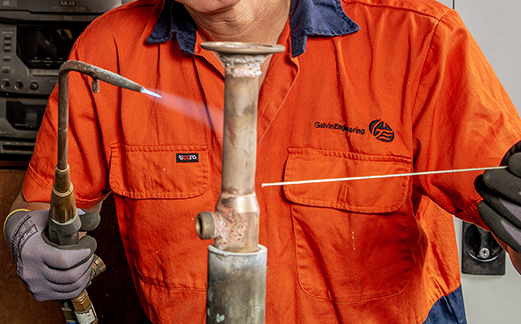
Before you start your next project
Make sure that you do your homework and consider current and future needs:
- Will the products you specify comply with current standards?
- Will they be compliant post the 2026 National Construction Code transition?
- Will the manufacturer or supplier be around to support the product post-2026?
- Is the product you are installing best suited for delivering low-lead solutions?


